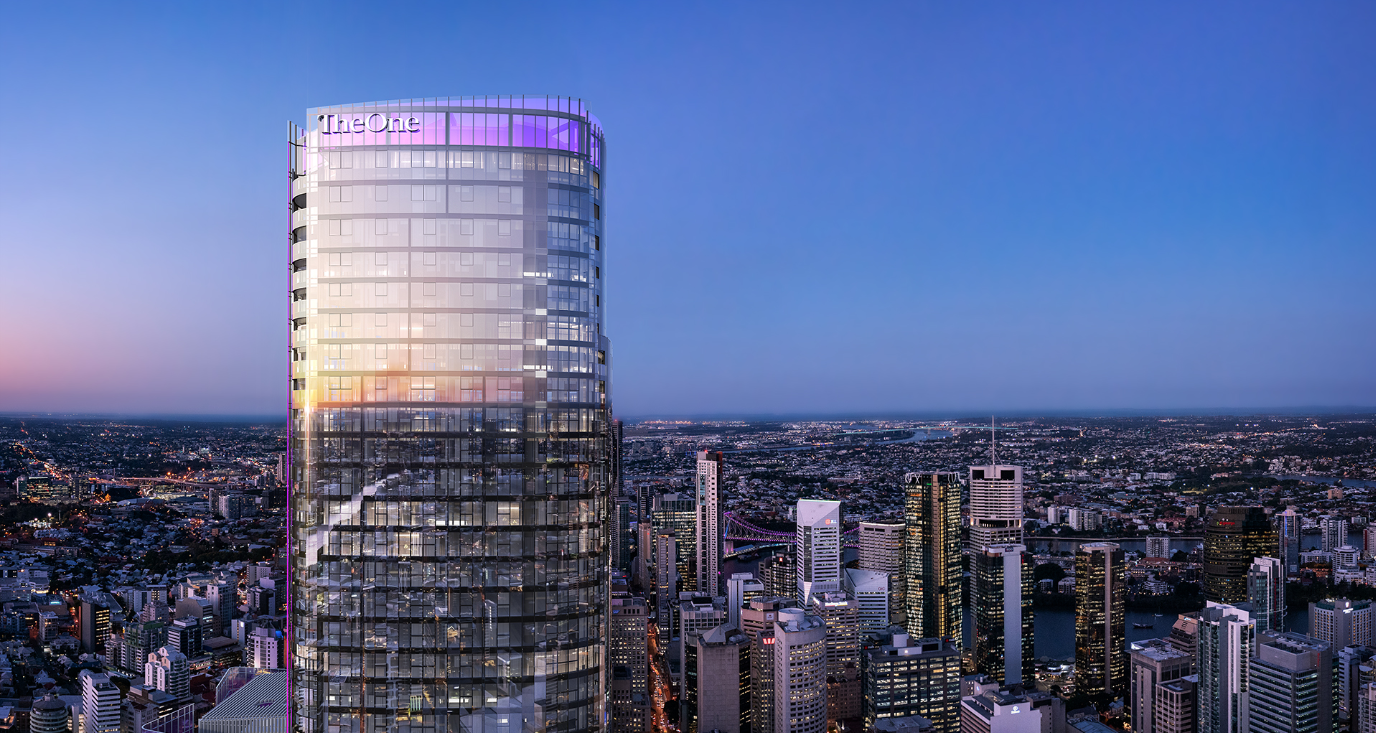

Has all of this talk about isolation got you wishing you lived anywhere but a massive, super-spreader-prone capital city? Luckily for you, new research data from the Australian Urban Observatory has bought together a list of the most liveable regional cities — places where you can live close to work and have all of the amenities from a big city at your fingertips; with half of the people. Also known as ‘urban fringe’ cities, these are the places to buy if you want a home that will keep you healthy now, and will turn into a great investment down the line.
If you’re in Victoria, then you’re in luck: three of the most liveable regional cities are located in the state. Ballarat, Bendigo and Geelong are considered to be ‘urban fringe’ cities ideal for those who prefer slightly larger homes, shorter work commutes, and a bit more privacy. Ballarat performed best for access to public transport and public open space in the analysis, and ranked in the top five for access to supermarkets, local employment and services, and housing affordability.
Those loyal to New South Wales will be happy to know that they also have an option. Woolloongong is quickly growing, and is ranked number 1 in terms of social infrastructure and 2 in housing affordability, which might make it ideal for first home buyers and families.
| Social Infrastructure | Access to public transport | Access to Supermarkets | Distance from Alcohol | Public open spaces | Local Employment | Housing affordability |
|---|---|---|---|---|---|---|
| 1. Wollongong | 1. Ballarat | 1. Launceston | 1. Toowoomba | 1. Ballarat | 1. Townsville | 1. Launceston |
| 2. Geelong | 2. Geelong | 2. Geelong | 2. Townsville | 2. Newcastle – Maitland | 2. Toowoomba | 2. Wollongong |
| 3. Albury – Wodonga | 3. Bendigo | 3. Sunshine Coast | 3. Bendigo | 3. Gold Coast – Tweed Heads | 3. Mackay | 3. Geelong |
| 4. Ballarat | 4. Wollongong | 4. Ballarat | 4. Sunshine Coast | 4. Mackay | 4. Ballarat | 4. Bendigo |
| 5. Toowoomba | 5. Newcastle-Maitland | 5. Wollongong | 5. Gold Coast – Tweed Heads | 5. Sunshine Coast | 5. Bendigo | 5. Ballarat |
Liveability measures include, walkability, social infrastructure, public transport, food environment, alcohol environment, local employment and public open spaces.
Queenslanders will be happy to know that there are a number of options in the state. Toowoomba is ideal for those who want great social infrastructure, to be close to supermarkets and bottle shops, and great employment opportunities. Toowoomba also has a particularly vibrant medical specialist community. It might appeal to families, professionals and the elderly for these reasons. Those who are considering downsizing or retiring, it’s worth checking out the Sunshine Coast (which has great access to supermarkets and bottle shops, along with high numbers of public open spaces) or Tweed Heads on the Gold Coast.
Those living in Tasmania who want to spend less on their forever home might find it worth it to look at Launceston. In terms of housing affordability, it is ranked number 1 out of the 21 ‘urban fringe’ cities, while also having great access to supermarkets.
The research data, from Australian Urban Observatory led by Dr Melanie Davern, draws on more than eight years of findings and is developed by the RMIT Healthy Liveable Cities Group.
“The benefit of looking at these liveability measures separately is you can see where each city is performing well,” lead researcher Dr Lucy Gunn from the RMIT Centre for Urban Research said, “and where improvements can be made.”
“One of the key benefits of living in a regional city is that people tend to live close to where they work,” Gunn said, “Ballarat and Bendigo performed well on this indicator, as well as access to public transport, which our research shows has major health and wellbeing benefits because it allows residents the opportunity to be more active.”
Gunn notes that Ballarat, Bendigo and other similar-sized regional cities are at “a tipping point”.
“We can see this clearly in the maps and data that they are starting to look like larger cities,” Gunn said, “Equitable access to key infrastructure such as public transport, healthy food and community services is better in the central, more established areas. This declines as you move to the edge of the city. As we’ve seen in the capital cities, residents on the urban fringe have less access to these services which can impact their health and wellbeing.”
Gunn says there is still time to avoid the problems seen in sprawling capital cities, through planning for population growth and avoiding greater urban growth on the fringes in regional cities.
“There is an opportunity here for regional cities to capitalise on what makes them great and to recognise where they can improve to sustain their liveability.”
For the savvy investor, it might be time to check out these areas to ensure you grab a property before an upcoming price boom.
We would love to hear your thoughts on this project.
Have you visited this project recently, or perhaps you live nearby or bought in a neighbouring building? Tell us what you love about this project, or perhaps what you don't.